By Elena Barassi.
A chef, Massimo Bottura, 53, who brought home quite a few superstar achievements. On top of Espresso’s guide, scoring 19,75/20 in 2013, 3 sought after Michelin stars, 3rd place in the World’s 50 best Restaurants in 2013, International Chef of the Year, the American gastro-bible, the Daily Meale magazine and winner of the 2014 Guide Global Gastronomy Award, the Oscar of gastronomy. He grew with Georges Cogny, Alain Ducasse and Ferran Adrià. His cooking style is contemporary but with an outlook always on local territory. He, who strongly believes in the great value of Italian cooking traditions, who is a fan of technical precision and who mastered in time an undissolved relationship with the best Italian artisans. And who doesn’t stop dreaming for, as he himself puts it, “To get anywhere in life, you must have a dream. They’re those who keep us alive inside. I woudn’t be here, neither would Osteria Francescana, if I had kept my dreams all to myself and didn’t commit myself to their achiement”. I meet him in his kingdom, la Francescana, 12 tables in the heart of Modena, a laboratory from which the tortellino wrapped in a bright broth capsule or the eel, which returns upstream the Po river, originate. At the same time it’s an Hymn to Art with a gallery comparable to a modern art museum.
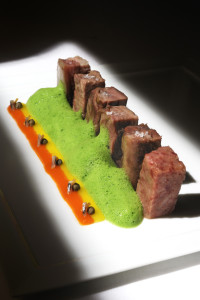
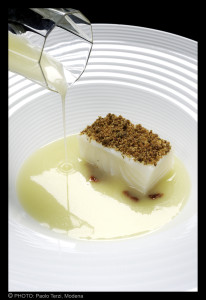
Three Michelin stars, 3rd place in the World’s 50 Best Restaurants Award and even winner of the White Guide Global Gastronomy Award. Is there still room for innovation in your eclectic cooking?
I was asked what lies in Massimo Bottura’s future? I simply replied “future”.
What’s the secret to become the World’s best chef?
First of all, humility. A pinch of talent, much energy, spirit of sacrifice. Hard work day after day without ever getting lost in everyday life. By keeping your feet on the ground and by traveling, through wise contamination, a contamination which means confrontation and opening.
Who were your teachers and which imprint did they leave in your way of cooking?
I think that, by growing up with the idea that cooking, or rather, the table, was a meeting place for the family, was the main thing. The pilgrimage to the “Bigs” of the time, among whom Peppino Cantarelli, G. Marchesi, San Domenico restaurant allowed me to refine my palate and understand that cooking art, carried out in such way, was going beyond. Professionally speaking, the now famous “Razdora” (Housewife) by Campazzo, Lidia Cristoni, changed my soul. The bygone Georges Cogny gave me professionality and heart. Ducasse brought elegance, precision and respect, Ferran open mindedness.
How do you combine your passion for art with your cooking?
I believe that art is something quite precise which relates to the deepest human needs and which is the result of a complex creative process. I don’t look upon myself as an artist and I strongly stress this principle but rather as an artisan, capable of conceptualizing his work which comes from his creations out of an intersection among ideas, cultures, techniques and gestures. This means one should not overload his work with exceeding expectations, but at the same time realize that there can be no research in cooking without the will to explore and go new ways in a process which can be defined as creative: only in so doing, one can recognize similarities with the work of an architect, a poet or a musician.
Which is the dish you cooked to conquer your wife, the New Yorker Lara Gilmor?
A very light artichoke pureed soup. We met while working at Cafè di Nonna in Soho. She said she loved artichokes and that her mother used to steam them and serve with an “à la Julia Child” mayonnaise. So I decided to prepare the dish with a touch of Modena to seduce her.
Yours is also local cooking, from Modena. How does it feel to sit by a table at Osteria Francescana?
It’s an experience which tells the territory seen from a distance of 10 kms.

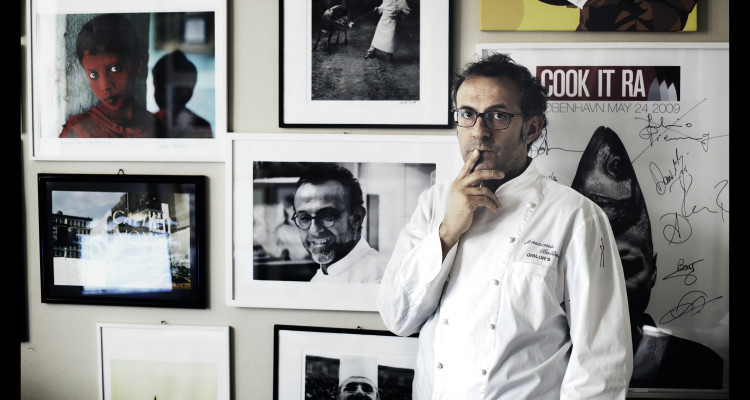
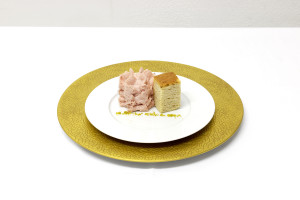
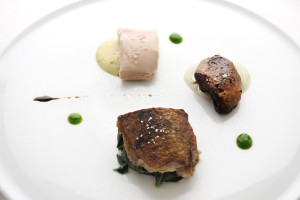
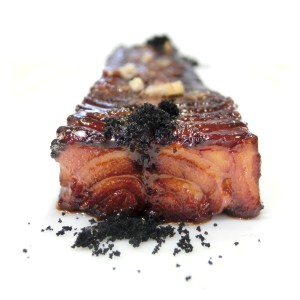
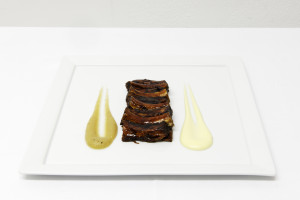
Leave a Reply